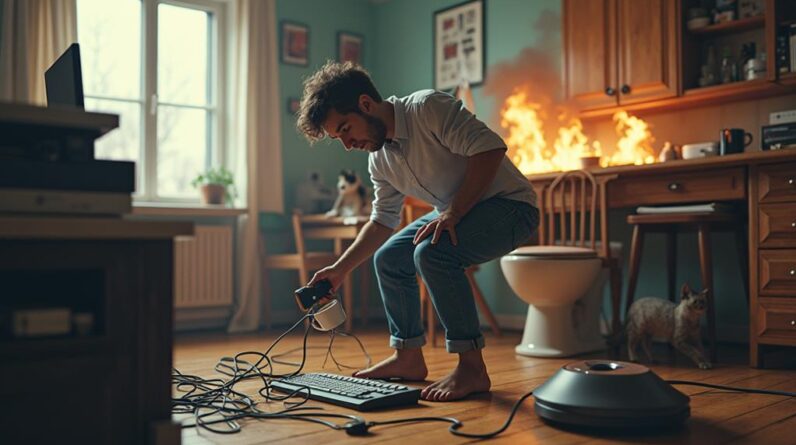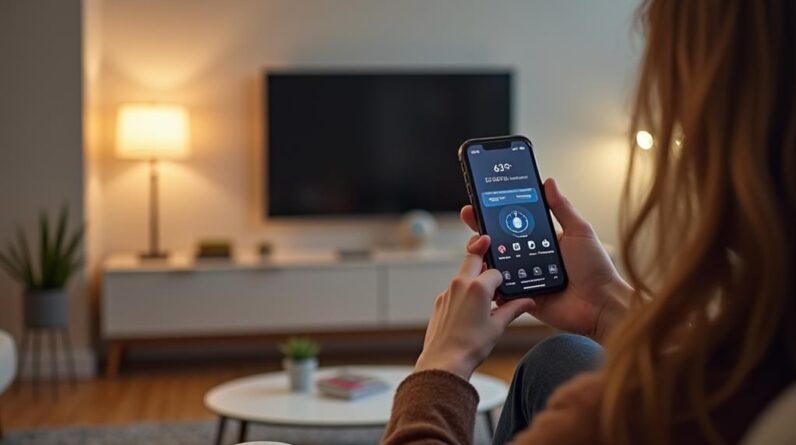
Hello and welcome to Jan's technick channel. Today it is again about the topic of emergency services, fire brigade, THW, whatever – in any case it is about everyone who uses a radio alarm receiver – and wants to make it smart. We in the fire brigade now also use apps for alarms, which then mostly work, but I would still like something to link my smart home to the alarm. What could that be? The garage door could open automatically when the alarm is received, or the light in the hallway could go on, or Amazon, Alexa or Google, or whoever, should simply carry out some routines. A while ago I made a couple of videos about Shelly relays, which can also be controlled by them. If you are interested in the topic of Shelly here is the link to it. What is this video about? The point is that we can make this wireless receiver in the docking station so smart that it sends a command to Amazon Alexa, or Google or whatever you have in order to be able to execute routines.
The whole thing works very simply by tapping the alarm signal via the 5-pin switch. Since you cannot simply connect the 5-pole switch to the Alexa, I thought about what could work best there and now I just try it with a smart door opening sensor. Ordered from Alibaba – about 8 euros – took a while to get there, but now it's there. And then there is this little box, we open it, connect it – actually the whole thing works with a magnet, we bridge this magnet and connect the two wires to the 5-pin socket, connect it to the network and as soon as the alarm input goes in here, reports the whole thing to Alexa and you can create a routine.
At least that's the idea. So follow me, just watch me as we implement the whole thing, whether we will run into problems or not and then I hope that you can recreate the whole thing relatively easily. Here we go. So here you can see the door opening sensor. This contains the fastening material which we do not need. Instructions and the door opening sensor itself with the associated magnet. First of all, we test whether the sensor itself works and can be coupled with the Alexa. To do this, we first insert the appropriate batteries.
So we add a sensor in the respective app. The device is searched for and found. We call the sensor an "alarm sensor". So – we'll get the battery out of here again. Try to get to the inside. By now here with a small screwdriver, we try to pry the whole thing up. And you can get there without further ado. So – and as you can see here in this tube are the wires and when the magnet is now on here, the wires connect. So if we connect these two points here and here with our charging station of the detector , this bridge should be in place when the alarm is triggered, the sensor should mean that the magnet is stopped and you can then start the routine. We can now try again by inserting the batteries, we add the app here again and if we now bring the magnet here, then the magnet should close again in the app. What he does. We put it away again – We now try the whole simulation by pretending that the wires are connected – I'll just use aluminum foil now.

Anyone who paid attention at school knows that aluminum foil is conductive … and can simulate a wire quite well here. So now we put the wire on the two contacts and see what happens. And you see, it connects – without the magnet being on. So the suspicion was correct – you just have to solder the wires and you get a smart alarm receiver. We try again – hang up, the contact closes, we remove the aluminum foil and the contact opens again. So let's go to the workshop and start soldering. I use normal bell wire for this. For this purpose, both wires are now soldered to the contact. – I will fast forward here, this is how it looks for me. I have now twisted the bell wire a little, now align the housing so that you can still see the LED . Position the housing so that you know where to turn the hole for the wire . I turn the hole – you can of course use a cordless drill. Fumble through the wire. I'll put a shrink tube on it now.
Unfortunately, I didn't have a long one left – so I piece this one. Doesn't look so pretty – but enough for the prototype. Now the plug is on it. Cut the wire appropriately and solder it to poles 1 and 5. Merge the plugs, screw them together, connect the door sensor and let the shrink tubing shrink. The plug is ready. Now we test the poles 1 and 5 again by connecting them with the aluminum foil, whether it still works.
Now the plug is simply connected to the detector's docking station – and that's it. Let's start creating the routine in Amazon Alexa. We go to the routine, go to a new routine and give it a name. I'm going to give the alarm here. We continue to select Smarthome and indicate that the routine should be started when the door sensor is closed. As an action we say in our example: "Aexa says". As a text we enter "Attention alarm for the fire brigade". And choose the Alexa in the living room, which then speaks the whole thing. We save the whole thing. Then we add another routine. Name: Alarm on – with notification. The whole thing happens again when the sensor is closed . With add action we select notification and enter "Alarm for the fire brigade. If an alarm is received, the alarm is now displayed on the app and on the clock and Alexa then also says it. I hope I could have a few ideas for a smart detector and of course I would be happy if we could see each other again in one of my other videos.
Until then, all the best – your Jan.
As an Amazon Associate I earn from qualifying purchases.







